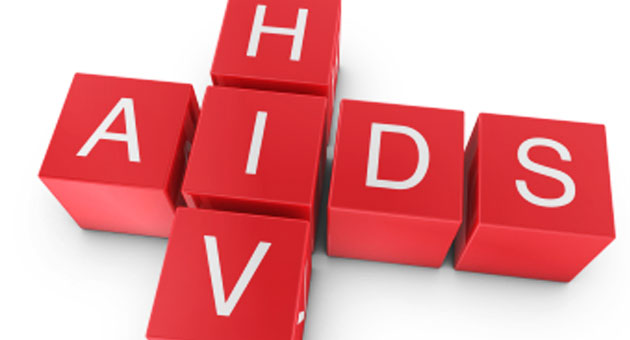U.S. President Donald Trump’s plan to cut foreign aid supporting HIV and AIDS treatment could cost nine million years of potential life lost in South Africa and Ivory Coast, according to a global study.
In the first study to measure the impact of cuts in global investment in HIV care in terms of health and costs, scientists found sky-rocketing deaths in the African nations would far outweigh savings.
South Africa has the highest prevalence of HIV worldwide, with 19 per cent of its adult population carrying the virus in 2015, according to UNAIDS, with a total of seven million HIV-infected people.
Ivory Coast counted 460,000 HIV-infected people in that same year.
Trump’s proposed budget for 2018, made public in May, envisions cuts to the President’s Emergency Plan for AIDS Relief (PEPFAR) programme, a cornerstone of U.S. global health assistance, which supports HIV and AIDS treatment, testing and counseling for millions of people worldwide.
The U.S. State Department said that under Trump’s budget, which pursues his “America First” world view, PEPFAR funding would be five billion dollars per year compared to about six billion dollars annually now.
Officials said no patient currently receiving antiretroviral therapy, a treatment for HIV, through PEPFAR funds will lose that treatment.
Should the cuts keep South Africans and Ivorians from receiving antiretroviral drugs, an additional 1.8 million HIV-infected people would die over the next 10 years, 11 researchers in America, Europe and Africa concluded, using mathematical models.
The combined deaths amount to nearly nine million years of life lost, the scientists calculated, in what they said was the first effort to put figures on the proposed cuts.
The researchers measured expected savings over the next decade, whose small scale they said raised efficacy and ethical questions.
In South Africa, it would amount to some $900 per year of life lost, compared to $600 to $900 in Ivory Coast.
“We leave it to readers to draw their own conclusions about whether imposing such trade-offs on vulnerable populations accurately reflects how donor countries value life in recipient nations,” the researchers wrote in Annals of Internal Medicine.
Savings would eventually dry up over the decade, they found, due to higher costs tied to the spread of HIV amid scaled back screening and care.
“Would the relatively small savings realized by currently proposed budget reductions be worth these large humanitarian costs?” said lead author Rochelle Walensky, a professor of medicine at Harvard Medical School.
“Over the past decade and a half we’ve spent considerable money to save lives in these and other African nations.”
According to U.S. government figures, some 90 per cent of Ivory Coast’s funding for HIV care and prevention depends on international aid, while South Africa self-finances most of its HIV expenditures.

